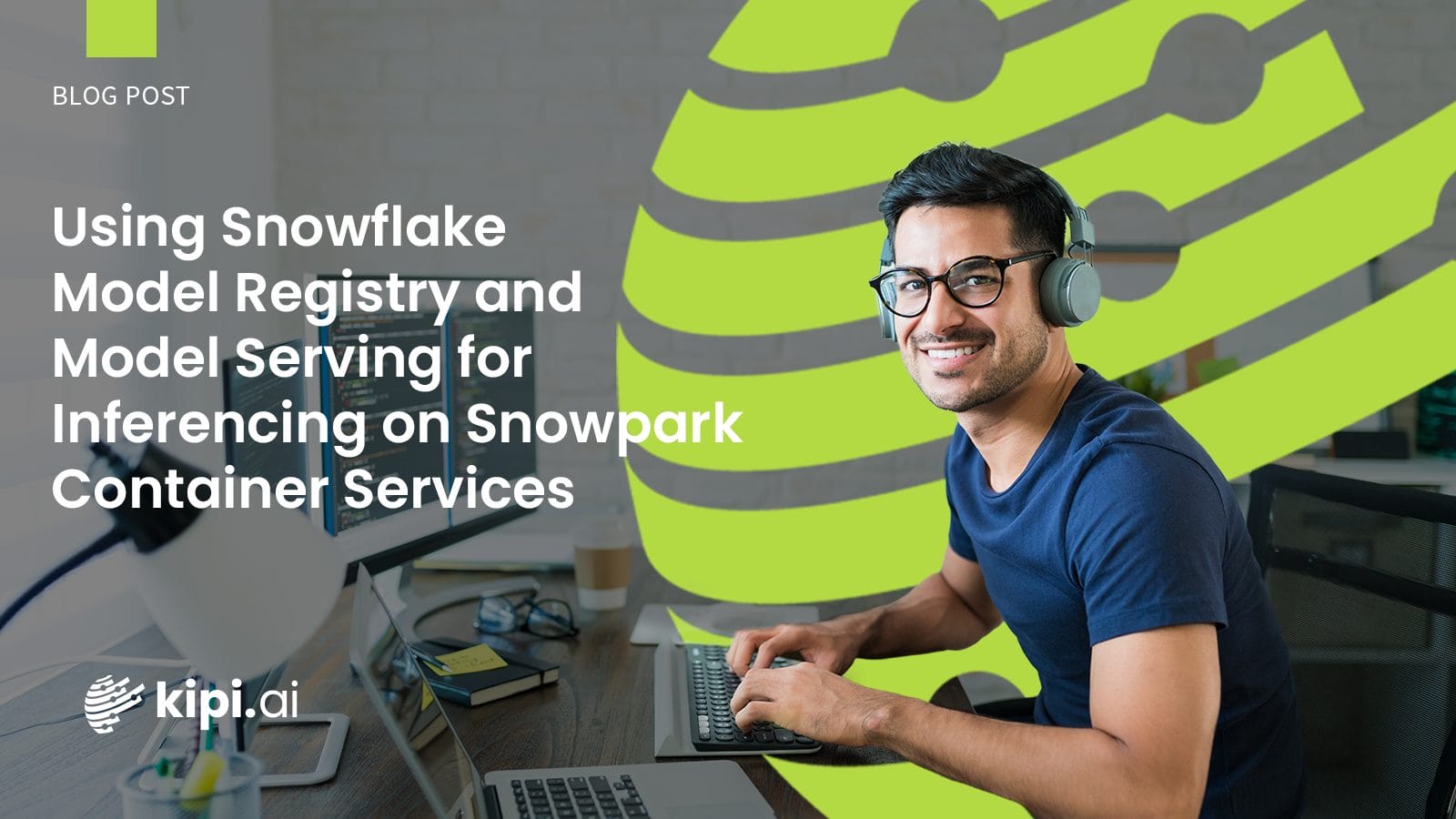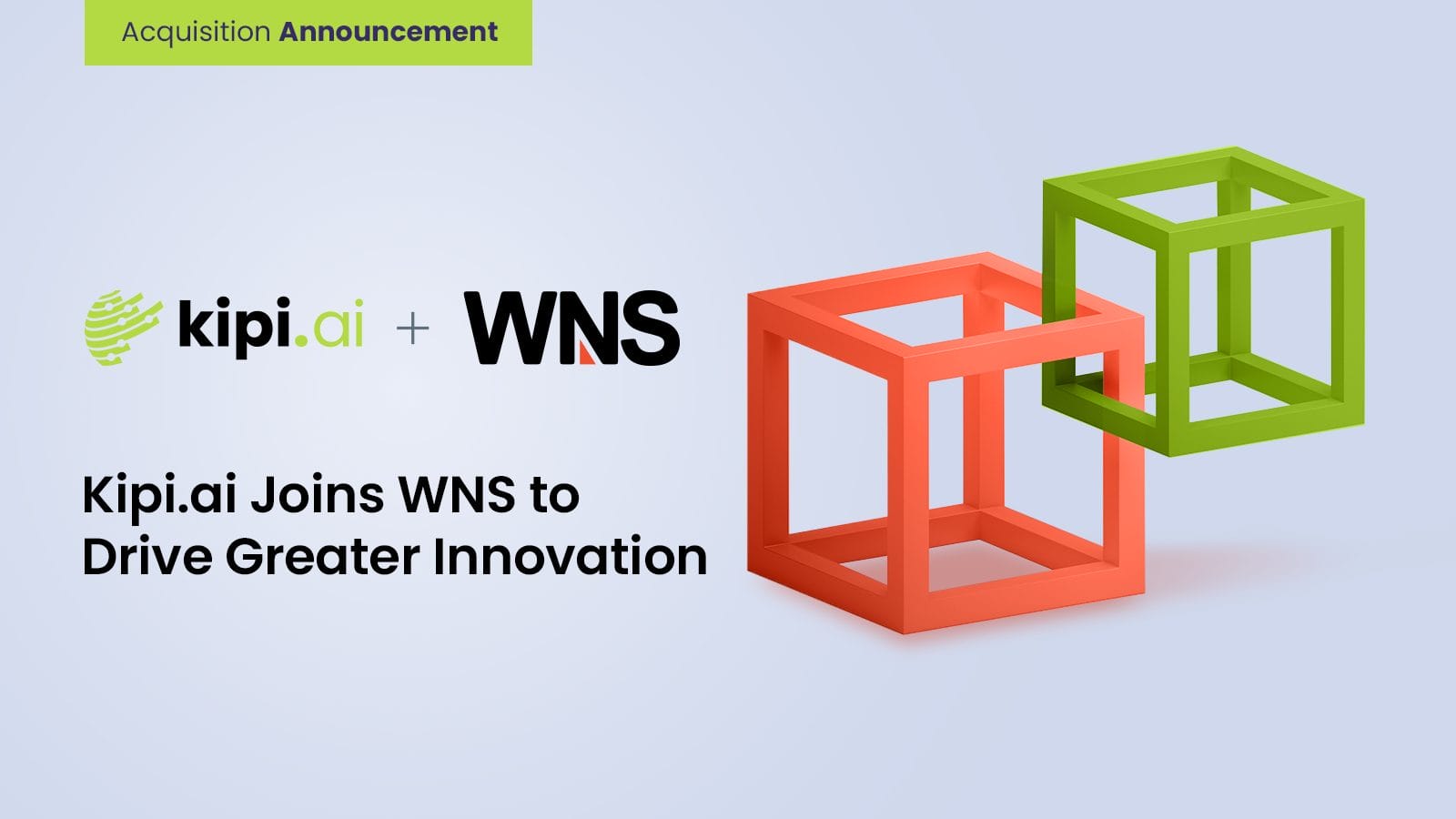Author: Sanjukta Cougnery
What is Snowflake Copilot?
Snowflake Copilot represents an advancement in the realm of data analytics, providing support to data professionals and teams. By leveraging artificial intelligence and machine learning, Copilot empowers users to navigate complex data challenges with ease. With its advanced AI capabilities, Copilot assists data teams in writing SQL queries, optimizing performance, and streamlining data analysis processes. Copilot’s intuitive interface and user-friendly design make it accessible to both novice and experienced users. Whether it’s data exploration or transformation, Snowflake Copilot enables the data analytics landscape, helping teams to extract valuable insights and make data-driven decisions.
What is the current challenge faced in the data analytics industry?
Data Analysts often face challenges in efficiently managing and analyzing datasets leading to time-consuming and dependent processes. For instance, they might have to heavily rely on the data engineering team to retrieve the data in the way they need it. This hinders productivity and self-capabilities. Snowflake Copilot aims to address these pain points by providing assistance tailored to the needs of the analysts.
How can Snowflake Copilot enable the data and business analytics teams?
Snowflake Copilot revolutionizes the data analytics process by offering a multitude of use cases tailored to the needs of modern businesses. One such use case involves streamlining the data exploration phase. With Copilot’s intelligent SQL autocomplete feature, data analysts can efficiently construct queries to extract relevant insights from vast datasets. Moreover, Copilot’s query optimization suggestions ensure that queries run smoothly and efficiently, even on large-scale data sets. This capability is particularly valuable in scenarios where analysts need to quickly sift through extensive data to identify trends, anomalies, or patterns. Snowflake Copilot empowers data analysts to extract actionable insights with speed and accuracy, ultimately driving informed decision-making.
An example of the same has been demonstrated in the image below.
You can also directly run the query by clicking on the ‘Run’ button provided in the User Interface. A clear verbal description of the query is provided before the query itself which would help further understand the logic of the SQL query generated. A point to be noted is that validation of the logic of the query is recommended. It might take a few iterations to arrive at the exact scenario you are looking for.
Let’s say now the business analyst wants to visualize the data retrieved from a particular query. Copilot has the ability to tell you how a particular visualization can be created, enabling the data discovery process and uncovering valuable insights quickly. A point to be noted though is, Copilot itself cannot create the chart for you, it will however provide a guide to create it. This would particularly be useful when business analysts want to receive instant answers and visualizations.
It is also possible to ask Copilot about information on any table in the database and schema selected. The generated comments would give insights on the information held within each column. However, the efficiency of this depends on how the columns are named. A very unique name to the business might not provide the results expected.
For optimization of queries, a simple statement asking Copilot to restructure a query to be best optimized would give you the output of the same query rewritten in a more efficient manner. Although the validity of the query and making sure that the output of the query is what was initially desired, lies in the hands of the user. Copilot also provides some generic methods of optimization that helps in enhancing the knowledge of the user and can be made use of in future scenarios. An example of the same has been demonstrated below.
Copilot Input:
Copilot Output:
Some of the limitations observed are –
- Snowflake Copilot has been observed to maintain context in some cases, however this is not always the case. Providing context would be advised to prevent erroneous results.
- Support for Python worksheets is currently not supported, it is however in the pipeline for future availability.
- Support for languages apart from SQL and English is limited. It is possible to manipulate the service into generating Python code to a certain extent – for instance, asking it to generate a Python written code to add comments to a certain table. But as mentioned in the official Snowflake documentation, this functionality is limited as of today.
- Compatibility with Snowflake’s newly released features is limited.
Further limitations have been outlined in the Snowflake documentation.
In summary, Snowflake Copilot presents a compelling solution for data analytics teams seeking to enhance their productivity. Its advanced AI capabilities offer valuable support in query writing, optimization, and collaboration, improving efficiency and accuracy in data analysis processes. While its effectiveness may vary depending on specific use cases, Snowflake Copilot proves to be a good option for those looking to use the power of AI in their data analytics endeavors.







